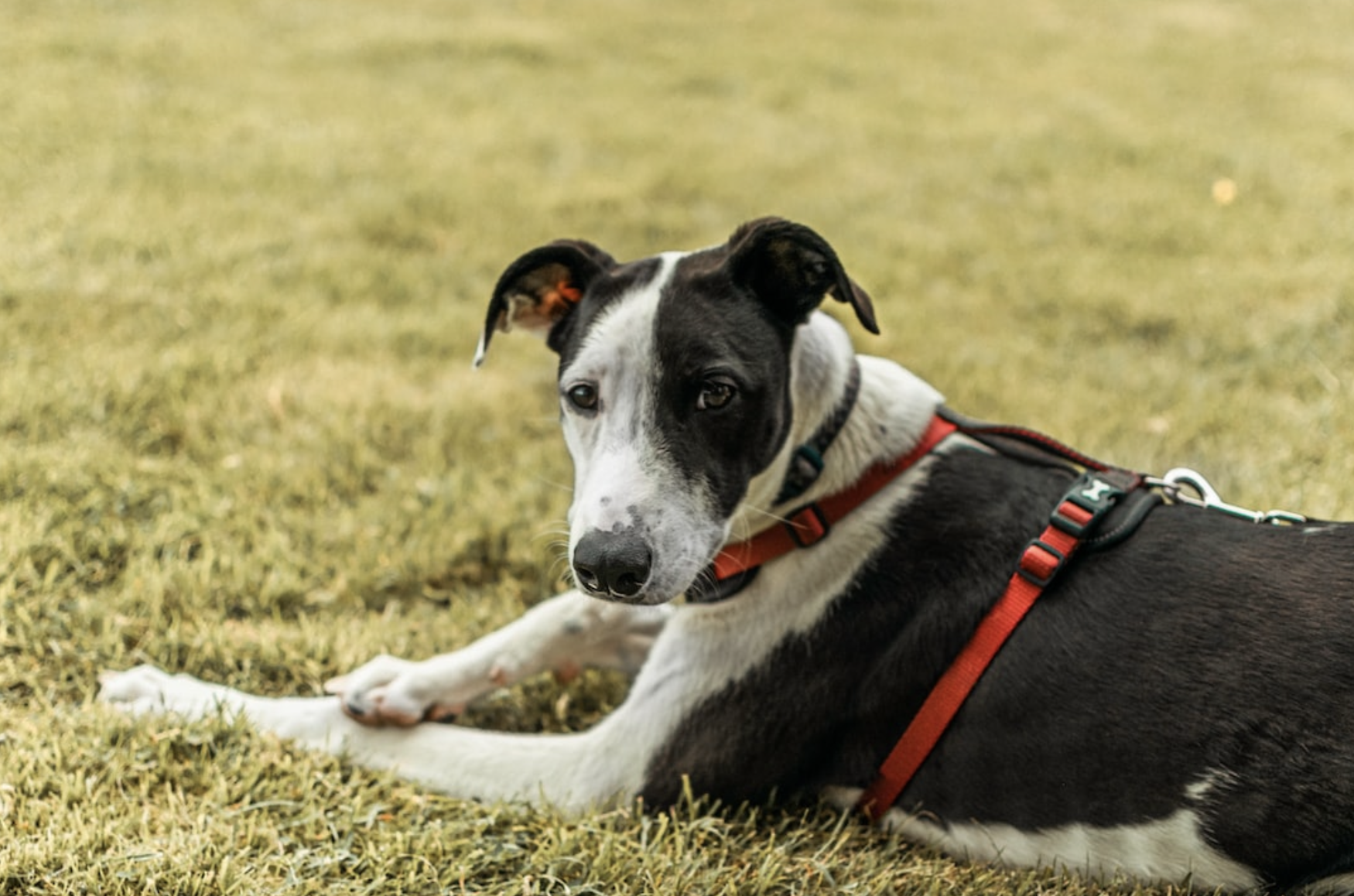Now that summer is here, it’s prime dog-walking season. Here are a few of my favorite tips to help you choose the right gear and get you both off on the right foot.
How Tight is Right on the Collar?
There are several collar types to consider:
Martingales – Also known as a no-slip collar, martingales are perfect for dogs with heads narrower than their necks, such as Whippets, Greyhounds and Salukis, or really any dog that tends to slip out of the collar. These collars constrict when you pull on the leash, while the adjustable collar won’t tighten beyond a stop point set to your dog’s neck width.
Head collars – Similar to a horse halter, head collars fit around the dog’s muzzle. They can be helpful in training a dog to walk on a leash and heel and are ideal for strong, energetic dogs that like to pull or jump. Before using, make sure to learn the proper way to fit and use the head collar to avoid yanking on the dog’s head and neck.
Nylon – Nylon collars hold up well against the elements, making a great choice for water-loving pups.
Harnesses – Placed around your pup’s chest and stomach, harnesses make another great choice for dogs that pull because they apply no pressure to the neck.
You can also choose from vibrating, glow-in-the-dark and even GPS collars. Regardless of the type, select a collar size that allows you to place no more than one or two fingers between the collar and the dog for a snug fit.
The Long and Short of the Leash
You’ll want to avoid long extender and bungee leashes, which teach a dog to pull. On the other hand, a leash that’s too short will limit your dog’s movement and prevent them from exploring their surroundings. Instead, use a leash that’s between 3 and 6 feet in length.
Right By Your Side
Ideally, you want your fur friend walking not too far in front or behind but right by your side on a loose leash. As soon as your dog starts to tug, stop walking. When they stop, resume but stop immediately if they tug again. If they start to tug more than once, stop and about-face your direction to teach them to heel by your side. Regular verbal praise and occasional treats will help reward good walking behavior.
Let Your Pet Sniff Their Surroundings
A dog’s nose is like what our eyes are to humans: It’s how they explore and experience their environment. While you might find your dog’s habit of sniffing every plant or tree on the trail annoying, this behavior is a natural instinct that helps them explore their surroundings so, time permitting, give your dog full reign to sniff away.
This summer, I wish all of you happy trails as you and your four-legged friends explore our beautiful, local nature trails, truly one of Nevada County’s top treasures.

